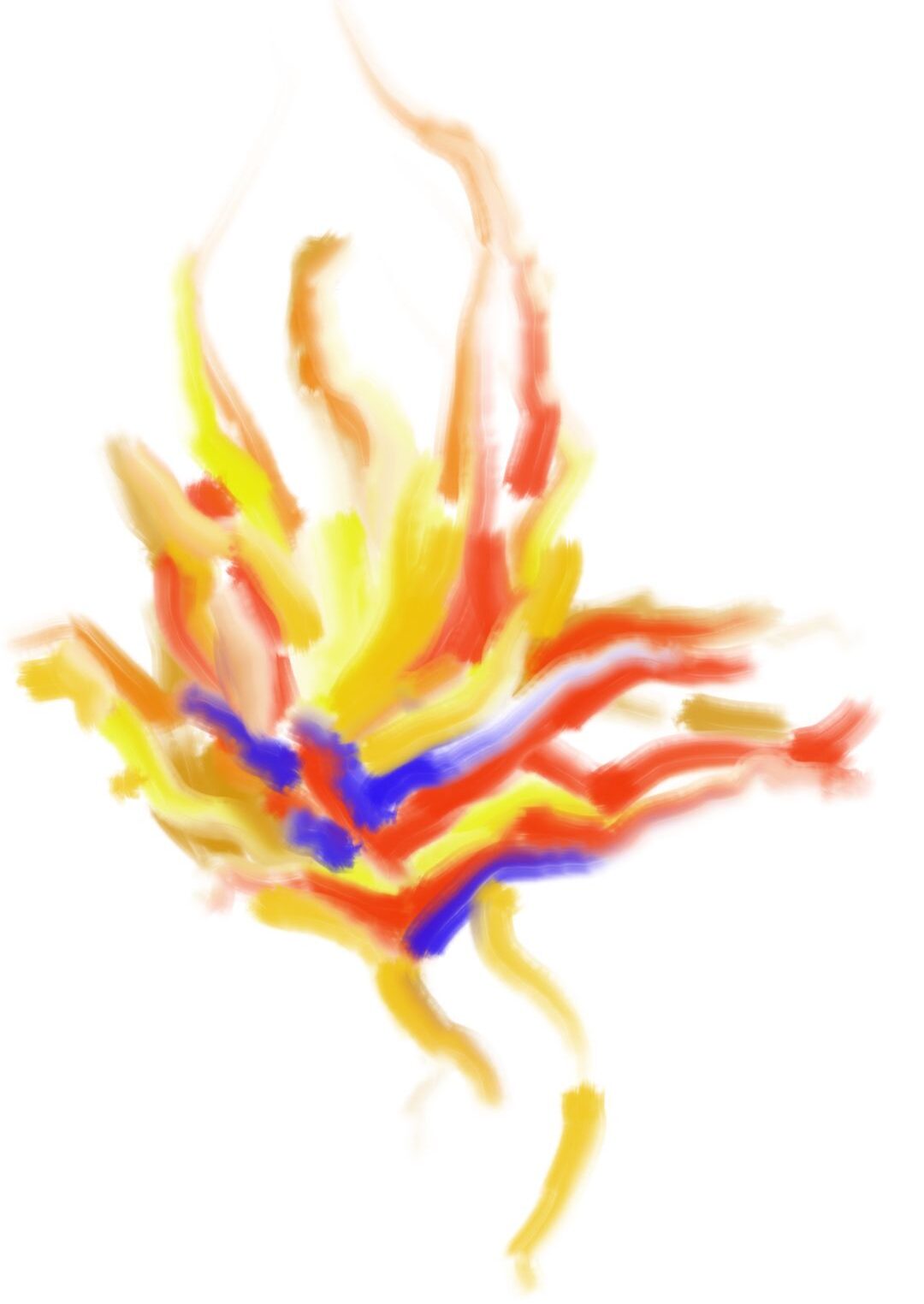
In writing term papers, many students instinctively do a Google search and pick the first few items that come up, which will frequently include a Wikipedia article. This, however, is not the best way to find sources that your professor might accept. For those doing more scholarly research, such as doing a review of literature, the challenges are more substantial
Fortunately, there are a number of good websites, usually maintained by academic libraries, which go over the basics of identifying and evaluating scholarly sources. For instance, the University of Southern California Library’s page on “Organizing Research for Arts and Humanities Papers and Theses: What are Scholarly and Non-Scholarly Sources,” does a good job of going over the basics. It is also useful for delving into the peculiarities of research in the arts and humanities; for example, it notes that in certain instances, “The author may be a multi-disciplinary intellectual of a transnational stature, who does not rely on the commonly acceptable scholarly apparatus.”
This is all well and good, but once you’ve identified a number of sources, how do you judge their relative value? One way is by using a feature of Google Scholar, which limits its searches to scholarly books and articles in English, which provides a handy way of finding out the popularity among scholars of particular sources.
http://https://www.youtube.com/watch?v=qJ3FlcMbmRM
The YouTube video above, from Charles Sturt University, in Australia, provides a good overview of how to use Google Scholar, especially in conjunction with a school’s library and with whatever bibliographic management software you’re using—in this instance Endnote. (Zotero isn’t one of the options listed, but the program can easily import citations from Google Scholar. You can also generate citations that you can copy into your paper.)
One feature the video doesn’t really deal with it is how many times an item has been cited by others. All things being equal, the number of citations can be used as a barometer on how much the scholarly community values a source. For instance, the top result for a search I did on “global warming” was for Root, Terry L., et al. “Fingerprints of global warming on wild animals and plants,” by Terry Root, et al., which appeared in Nature in 2003, which shows it was “Cited by 3471” sources. In comparison, James E. Hansen’s “Sir John Houghton: Global Warming: The Complete Briefing” that appeared in the Journal of Atmospheric Chemistry in 1998, was “Cited by 1566.” (If you click on the “Cited by…” link, you can bring up the sources which cited the item in question.)
While the Root article has been cited twice as many times as the Hansen, the comparison is not really that cut and dried. The former was published in a relatively popular natural science journal, while the latter is a book review from a more specialized publication dealing with atmospheric chemistry. Used with care, though, it’s one more way to identifying useful scholarly material.
